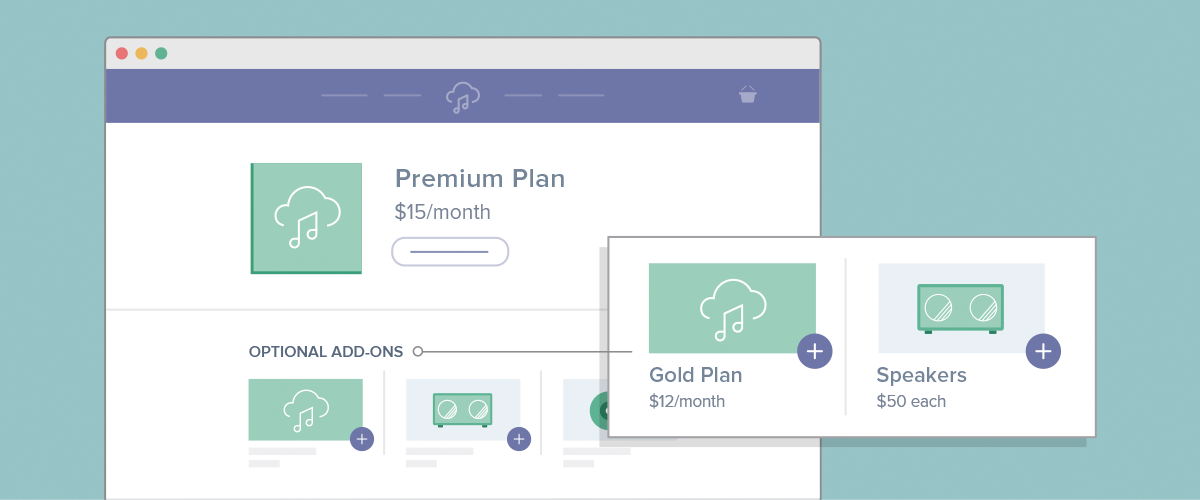In today’s blog, we’re continuing our discussion about dunning. As a reminder, dunning is the process of communicating with customers (usually by email) to try to collect payments due. In effect, discussions about dunning are really discussions about these customer communications. In our last blog, we described how the dunning...
Topics
To meet the demands of a high-performing subscription business, the right billing platform is critical for rapid and sustained growth. Join us as we share the definitive checklist for subscription billing growth and success in this live, one-hour webinar. Featured speaker: Robert Oswald, Evangelist Date & Time: Wednesday, December 13,...
Topics
Subscriber churn is a key concern for subscription businesses. When subscribers leave, the business loses both current and future recurring revenue. Of course, some churn is “involuntary”—occurring as a result of a failed payment rather than a subscriber cancelling deliberately. This post describes how Recurly ensures that the dunning process...
Subscription commerce is ever evolving. A few years ago, who would have expected Porsche to launch a subscription service? Or that monthly boxes of beauty samples or shaving supplies and OTT services would propel the subscription model to new heights? And how will these trends shape the subscription space going forward—and drive...
In our previous post in this series, we discussed the importance of reducing the friction that occurs during the subscriber lifecycle in order to promote and support continued revenue growth. We focused on free trials as a way to reduce sign-up friction in that post. But friction at sign-up...
Benchmark data is an invaluable resource. It can help businesses make better-informed decisions and provide an objective means to gauge business performance. Recurly has unique and valuable access to comprehensive data and metrics that can help subscription businesses make those critical decisions. Recently, we conducted a new analysis, assessing subscriber...
The success of the subscription model has altered the e-commerce landscape. Numerous new and innovative businesses in a variety of industries are launching every week, focusing on the subscription model to provide a better customer experience and build loyalty. As well, a number of notable, ‘traditional’ businesses have transitioned, in...
One of the main challenges subscription businesses face is churn, which lowers the number of subscribers and monthly recurring revenue. The two types of churn are voluntary and involuntary, and because each is driven by entirely different things, as a subscription business, you need to take different steps to mitigate each type of...
Increasingly, CFOs and other business leaders are recognizing the many benefits of the subscription model—from predictable, compounding revenue to deep, long-term customer relationships. However, nothing jeopardizes subscription revenue faster than churn. Imagine if you could automatically repair a major factor in churn, involuntary churn due to failed payments?In this webinar,...
As a data scientist at Recurly, my job is to use the vast amount of data that we have collected to build products that make subscription businesses more successful. One way to think about data science at Recurly is as an extended R&D department for our customers. We use a...
Subscribe to the blogGet weekly updates for all things subscriptions.
Thanks for subscribingWe’ve sent an email verification to your inbox.


Want to maximize your subscription revenue?
Recurly is purpose-built for DTC subscriptions to grow subscribers & revenue.
Book my demo








